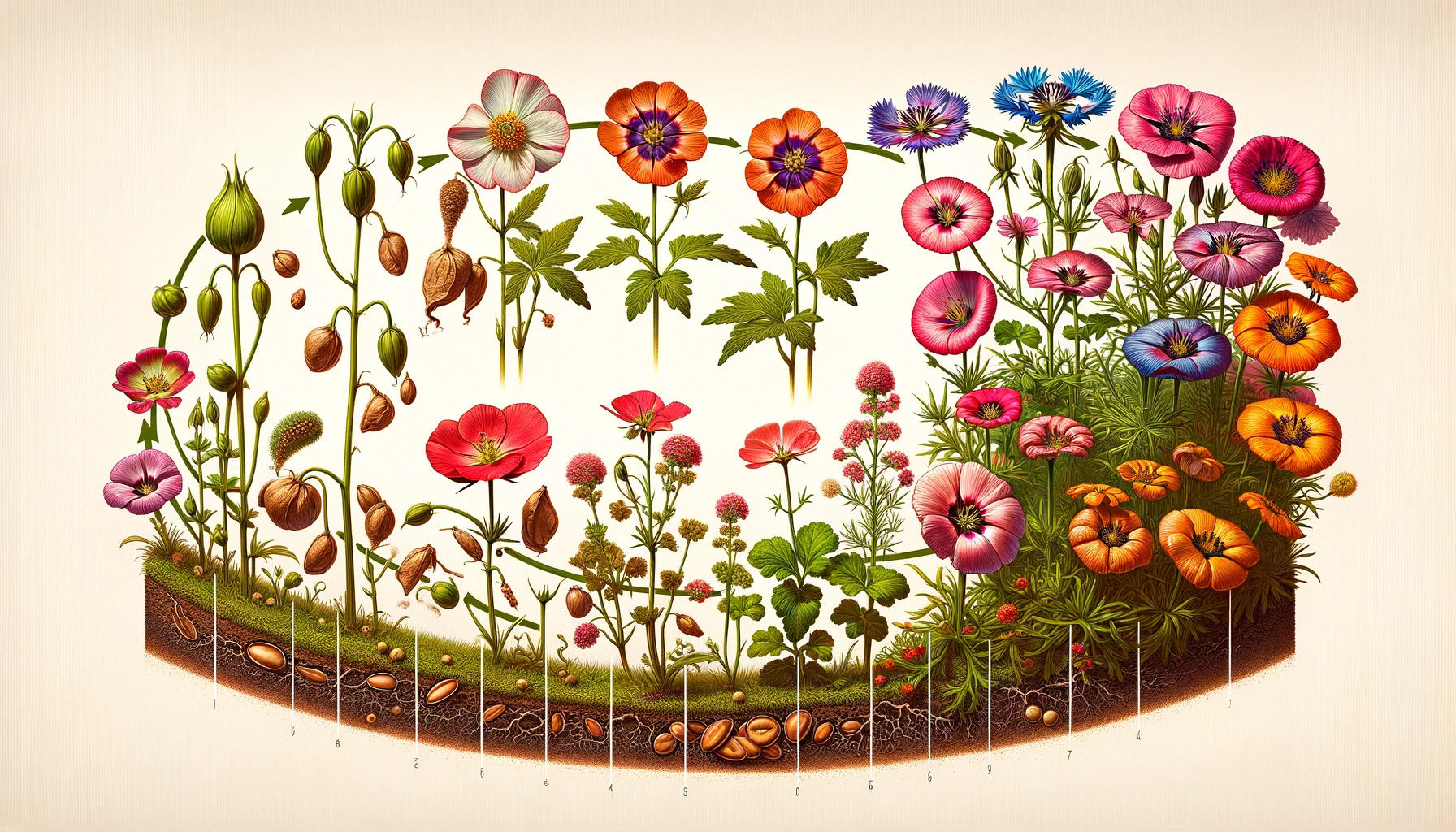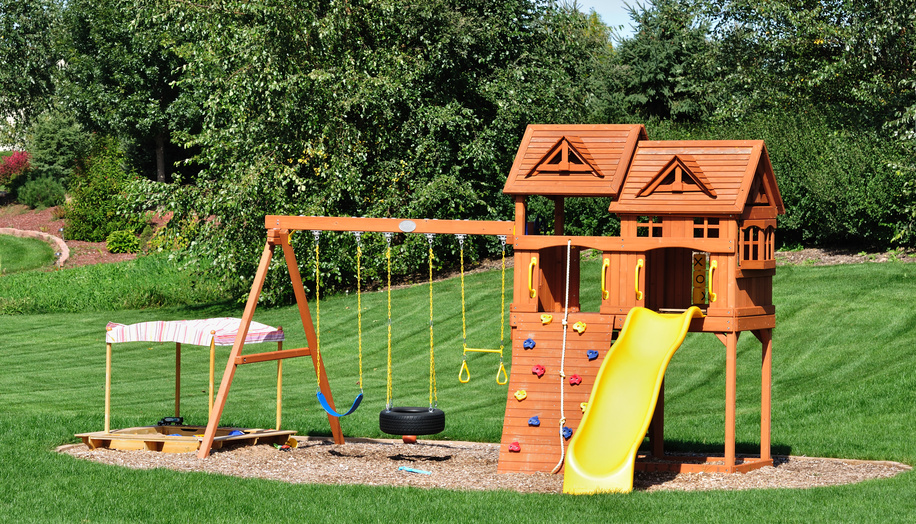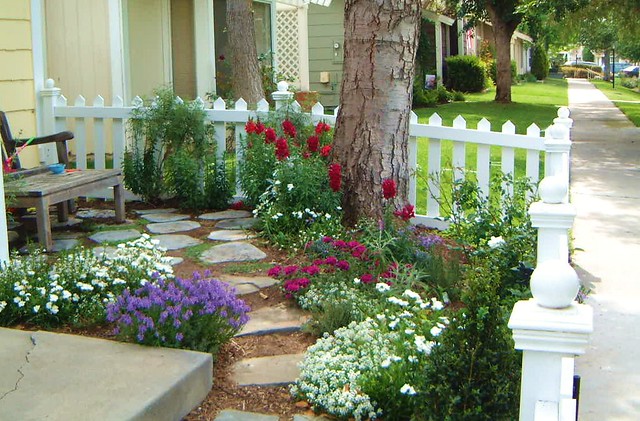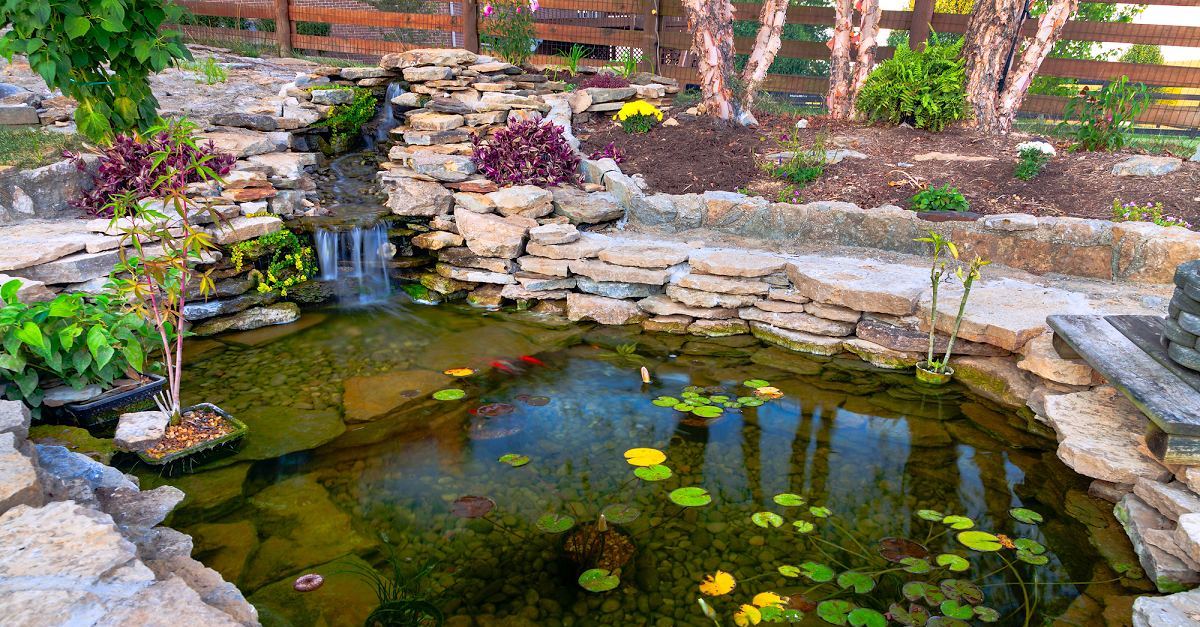Vegetable gardening has always been a popular way to embrace sustainable living and enjoy the freshest produce. However, not everyone has access to large outdoor spaces for traditional gardens. This is where window boxes come into play, offering a practical solution for urban dwellers or those with limited space. By utilizing window boxes for vegetable gardening, individuals can transform even the smallest of spaces into thriving green havens.
Historically, window boxes have been used primarily for ornamental purposes, adding aesthetic appeal to buildings and homes. However, their potential as functional mini-gardens for container gardening has gained traction in recent years due to the growing interest in urban farming and sustainable practices. With the right selection of vegetables and proper care, these compact planters can yield an impressive harvest right outside your window.
Key Takeaways
- Utilize window boxes for vegetable gardening to maximize limited space and enjoy fresh produce at home.
- Choose suitable vegetables based on the available sunlight, size of the window box, and personal preferences to ensure successful growth.
- Design your window box garden with attention to aesthetics and functionality, considering factors like color coordination and proper spacing.
- Gather essential gardening supplies such as high-quality soil, fertilizer, and appropriate containers to create a conducive environment for your vegetable garden.
- Follow proper planting techniques and spacing guidelines to optimize the growth and yield of your vegetables in the window boxes.
- Regularly care for and maintain your window box garden by watering, fertilizing, and monitoring for pests and diseases to promote healthy plant growth.
Benefits of Window Box Gardening
Space Efficiency
Utilizing window boxes for vegetable gardening offers a remarkable space-saving solution for crops. By utilizing vertical space effectively, you can grow an array of vegetables, herbs, and even fruits without requiring a large area. This is particularly advantageous for individuals with small balconies or windowsills. Imagine being able to maximize your limited gardening space by growing cherry tomatoes, lettuce, or peppers right outside your kitchen window!
The compact nature of window box gardening also makes it perfect for urban dwellers who have limited outdoor space but still want to enjoy the benefits of homegrown produce. Whether you live in an apartment or a house with minimal yard space, window boxes enable you to create a thriving garden with crops in areas where traditional ground-level gardening might not be feasible.
Accessibility
One of the most significant advantages of utilizing window boxes for vegetable gardening is the accessibility they offer. With plants conveniently located at arm’s reach in the window planter, watering and maintaining them becomes effortless. You won’t need to bend over or kneel down as you would with traditional garden beds; instead, simply step out onto your balcony or reach out from inside your home to tend to your plants.
Furthermore, this accessibility extends to harvesting fresh produce as well. Picture plucking ripe strawberries from their vines just outside your bedroom window or snipping fresh basil leaves straight into your cooking pot from the kitchen sill! for individuals with mobility limitations, such as seniors or those with physical disabilities that make traditional gardening challenging, utilizing window boxes provides an accessible way to engage in gardening activities and enjoy the rewards of growing their own food.
Aesthetic Appeal
In addition to its practical benefits, utilizing window boxes for vegetable gardening can significantly enhance the visual appeal of your home exterior. The lush greenery and vibrant colors provided by blooming flowers and thriving vegetables create a charming display that adds character and beauty to any building facade.
Moreover,** customizing your choice of plants and containers allows you accentuate architectural features while complementing style preferences**: imagine cascading flowers adorning Victorian-style bay windows or sleek modern planters filled with herbs sitting on contemporary balconies—each arrangement adding its unique touch to elevate the overall aesthetic appeal.
Selecting Suitable Vegetables
Best Growers
When utilizing window boxes for vegetable gardening, it’s crucial to select the right vegetables. Opt for compact varieties like cherry tomatoes, dwarf peppers, and bush beans. These plants are well-suited for container gardening as they don’t require a lot of space to thrive. Choose high-yield plants such as zucchini and cucumbers to make the most of your limited planting area.
To ensure successful growth in window boxes, consider shallow-rooted vegetables like lettuce, spinach, and radishes. These veggies won’t compete for depth within the container and can flourish without extensive root systems. It’s also essential to accommodate different root systems; while carrots have long taproots that need deeper soil, onions have shallow roots that spread horizontally.
Root Depths
When choosing vegetables for window box gardening, keep in mind the depth required for optimal root growth. For instance, carrots necessitate a minimum depth of 12 inches (30 cm) due to their long taproots. Onions, on the other hand, only need about 6-8 inches (15-20 cm) of soil depth since their roots spread out horizontally rather than delving deep into the ground.
In addition to considering individual plant needsRemember that some veggies may share a window box together but still require varying depths of soil. This means you’ll need to plan strategically by placing those with similar rooting requirements alongside each other or using separate containers if necessary.
Designing Your Window Box Garden
Box Sizing
When utilizing window boxes for vegetable gardening, it’s crucial to choose the right box size. Different vegetables have varying root depths and spacing needs. For instance, lettuce and radishes require shallow containers, while tomatoes and peppers need deeper ones. Match the box size to the available space on your windowsill or balcony.
Overcrowding can lead to stunted growth and poor yields. Therefore, it’s essential to select a box that provides adequate room for each plant’s roots to spread out comfortably. This ensures that they have enough space to absorb nutrients and water from the soil without competing with one another.
For example:
- Lettuce and herbs thrive in window boxes that are at least 6 inches deep.
- Tomatoes require a depth of around 12 inches for optimal growth.
Drainage Considerations
Proper drainage is vital when utilizing window boxes for vegetable gardening. Without sufficient drainage holes in the boxes, excess water can accumulate at the bottom, leading to waterlogged soil and root rot. To prevent this, ensure that there are enough drainage holes spaced evenly along the base of your window planter.
To further improve drainage, consider adding a layer of gravel or perlite at the bottom of the box before filling it with potting mix. This helps excess water flow freely through the soil instead of pooling at the bottom. Good drainage allows air to reach plant roots more effectively and prevents them from suffocating due to excessive moisture.
For example:
- When planting carrots in a window box, make sure there are ample drainage holes as they dislike sitting in wet soil.
- Adding a layer of gravel at the bottom can benefit plants like cucumbers by preventing waterlogging.
Essential Gardening Supplies
Quality Soil
When utilizing window boxes for vegetable gardening, it’s crucial to use high-quality soil. Look for nutrient-rich mixtures that drain well and retain moisture. This ensures that your vegetables have access to essential nutrients while also preventing waterlogging, which can harm the plants. Organic soil options are also worth considering as they promote healthy plant growth without the use of synthetic chemicals.
In addition to providing vital nutrients, quality soil promotes proper aeration and moisture retention, creating an optimal environment for vegetable growth in window boxes. By choosing the right soil, you’re setting your plants up for success from the very beginning.
Water Crystals
Water-absorbing crystals play a significant role in window box vegetable gardening. These crystals can be incorporated into the soil mixture to help maintain optimal moisture levels for your vegetables. They absorb water and release it slowly over time, reducing the frequency of watering needed while ensuring that your plants receive consistent hydration.
For busy individuals or frequent travelers who may not always be available to water their plants regularly, these water-absorbing crystals are especially beneficial. By incorporating them into your window box garden, you can provide a reliable water source for your vegetables even when you’re away.
Fertilizers
Fertilizers are essential when utilizing window boxes for growing vegetables. Applying balanced, slow-release fertilizers provides a steady supply of essential nutrients to support healthy plant growth throughout the growing season. Supplementing with organic fertilizers as needed further enhances the nutritional profile of the soil and promotes robust vegetable development.
Following recommended feeding schedules is key to ensuring that your vegetables receive adequate nourishment at each stage of their growth cycle. By adhering to these schedules and using both synthetic and organic fertilizers strategically, you can optimize the health and productivity of your window box garden.
Planting Your Vegetable Garden
Seed Selection
When utilizing window boxes for vegetable gardening, it’s crucial to choose seeds suitable for container gardening. Look for varieties that thrive in confined spaces, such as cherry tomatoes, lettuce, and peppers. Opt for disease-resistant types to minimize the risk of plant infections. Consider the climate and sunlight requirements of each seed variety to ensure they will flourish in your specific location.
For instance, if you live in a region with limited sunlight, opt for vegetables like spinach or kale that can thrive in partial shade. On the other hand, if your area receives ample sunlight, consider planting sun-loving vegetables such as tomatoes or cucumbers.
Planting Techniques
Properly space and position seedlings when utilizing window boxes to maximize their growth potential. Ensure there is sufficient room between each plant to prevent overcrowding and competition for resources. When planting seeds or seedlings, adhere to the recommended depth guidelines provided on their packaging.
For example, shallow-rooted vegetables like lettuce should be planted at a shallower depth compared to deep-rooted ones like carrots or radishes. Gently firm the soil around the roots after planting to provide stability and support for the young plants.
Care and Maintenance Tips
Watering Practices
When utilizing window boxes for vegetable gardening, it’s crucial to maintain proper watering practices. Ensure the soil is consistently moist by watering regularly. Adjust the frequency of watering based on weather conditions, as plants may require more water during hot and dry periods. However, be cautious not to overwater the plants, as this can lead to root diseases.
For instance, if you notice that the top layer of soil in your window box is dry to the touch, it’s time to water your vegetables. During rainy or cooler days, you may need to reduce the frequency of watering since moisture levels will naturally increase.
Fertilizing Routines
In addition to proper watering, establishing a regular fertilizing routine is essential for utilizing window boxes for vegetable gardening effectively. Following a consistent schedule for fertilization helps ensure that your plants receive essential nutrients for healthy growth. Keep an eye on how your plants respond after each fertilizer application; this will guide you in adjusting feeding based on their growth patterns.
For example, some fast-growing vegetables might benefit from more frequent fertilization than slower-growing ones. By monitoring your plant’s response closely, you can tailor your fertilizing routine accordingly.
Enhancing Growth in Small Spaces
Utilizing Microgreens
Microgreens are a fantastic option for utilizing window boxes for vegetable gardening. These quick-maturing greens can be grown right in your window boxes, allowing you to enjoy fresh and flavorful additions to your meals. By growing microgreens, you can make the most of limited space while adding a burst of nutrients to your diet.
When growing microgreens, consider experimenting with various varieties such as arugula, radish, or mustard. These young greens not only add flavor but also pack a nutritional punch. Harvesting them at their early stage ensures that you get the best taste and nutritional value.
These tiny plants offer an excellent opportunity to introduce kids or beginners to gardening due to their fast growth and minimal maintenance requirements.
Companion Planting
Companion planting is another effective strategy. By pairing compatible vegetables together, you can maximize the use of your limited space while promoting healthy growth through natural pest deterrents and nutrient sharing.
For example, planting basil alongside tomatoes not only saves space but also enhances tomato flavor while deterring pests that commonly affect tomato plants. Similarly, growing marigolds alongside vegetables like cucumbers can help repel certain pests due to their strong aroma.
Researching beneficial plant combinations is crucial when practicing companion planting. Understanding which plants work well together helps create harmonious environments that promote optimal growth and health for each plant involved.
Seasonal Considerations for Window Boxes
Overwintering Strategies
During the colder months, it’s essential to protect cold-sensitive plants in your window boxes. You can do this by either moving the boxes indoors or providing insulation as needed. For example, if you’re growing herbs like basil or delicate lettuces, bringing them inside near a sunny window can help them survive the winter.
To extend the growing season, proper care is crucial. Watering and fertilizing should be adjusted according to plant needs during this time. Covering the boxes with protective materials like row covers or plastic domes can help retain heat and shield plants from harsh weather conditions.
Spring Replanting
As temperatures begin to rise in spring, it’s time to refresh the soil in your window boxes and replace any depleted nutrients. This ensures that your new seedlings or plants have a healthy environment to grow in. Consider adding organic matter such as compost to enrich the soil before replanting.
Starting new seedlings or small plants is an exciting part of spring replanting for window boxes. Vegetables like cherry tomatoes, peppers, and dwarf varieties of beans are excellent choices for small spaces due to their compact growth habits.
Preparing your window boxes for a new growing season involves cleaning out any debris left from winter and checking for signs of pests or disease. It’s also an ideal time to assess whether any repairs or maintenance are needed on the box itself before planting anew.
Troubleshooting Common Issues
Security Measures
When utilizing window boxes for vegetable gardening, it’s crucial to take security measures to protect your plants. Secure the window boxes properly to prevent theft or damage. Consider using lockable brackets or other anti-theft devices that can deter potential thieves and vandals.
Protecting your investment in gardening efforts is essential, especially when growing vegetables in a visible location like window boxes. By securing the boxes, you can minimize the risk of unauthorized individuals tampering with or stealing your plants.
One way to enhance security is by installing lockable brackets on the windowsill where the box sits. These special brackets come with a locking mechanism, providing an extra layer of protection for your vegetable garden.
Pest Control
Pest control is another critical aspect of utilizing window boxes for vegetable gardening. Implement natural pest control methods to keep pests at bay without harming your plants. Consider using neem oil or diatomaceous earth as organic solutions for controlling common garden pests.
Regularly monitor your plants for signs of pests or diseases, such as holes in leaves, yellowing foliage, or wilting stems. Early detection allows you to address pest issues promptly before they escalate and cause significant damage to your vegetable garden.
Researching pest-resistant vegetable varieties can also help mitigate pest problems when growing vegetables in window boxes. Opting for naturally resilient plant species reduces the likelihood of infestations and minimizes the need for extensive pest control measures.
Closing Thoughts
You’ve now got all the tools to create a thriving vegetable garden in your window boxes. From selecting the right veggies to understanding seasonal considerations and troubleshooting common issues, you’re well-equipped for success. Remember, even in small spaces, a bountiful harvest is within reach. So, roll up your sleeves, get your hands dirty, and watch your window box garden flourish!
Now go ahead and put your newfound knowledge into action. Get those window boxes filled with soil, plant your favorite veggies, and nurture them to life. Before you know it, you’ll be enjoying the fruits of your labor right outside your window.
Frequently Asked Questions
Can I grow any vegetable in a window box garden?
Absolutely! However, it’s best to choose compact varieties like cherry tomatoes, lettuce, and herbs. Avoid large plants like pumpkins or corn that need more space to thrive.
How often should I water my window box vegetable garden?
Water your window box garden when the top inch of soil feels dry to the touch. In warmer months, this could mean watering every day or every other day.
What are some common issues I might encounter with a window box garden?
Common issues include overwatering, poor drainage, and pests. Keep an eye out for yellowing leaves, wilting plants, or signs of insect damage.
Do I need special gardening supplies for a window box garden?
You’ll need potting mix specifically designed for containers, suitable fertilizer, and the right size of window boxes. Consider adding trellises or stakes for climbing vegetables as well.
How can I enhance growth in small spaces with a window box garden?
Maximize vertical space by planting climbing vegetables such as peas or cucumbers that can grow upwards instead of spreading out horizontally. This allows you to make the most of limited space while still enjoying a bountiful harvest.






